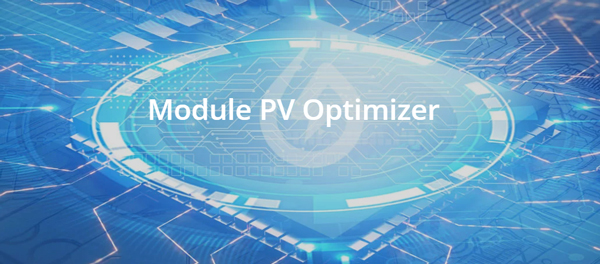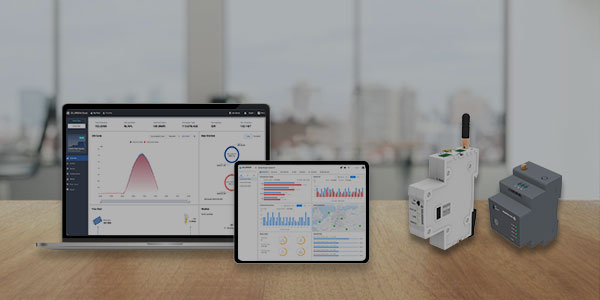1. Principle of photovoltaic optimizer
A photovoltaic optimizer is a device used to increase the efficiency of solar systems. Its main principle is to insert electronic devices between photovoltaic modules to minimize energy loss due to problems such as shadows, dust, or uneven lighting. By monitoring and regulating photovoltaic modules, the photovoltaic optimizer can ensure that each module is operating at its best, thereby improving the power generation efficiency of the entire system.
2. The role of photovoltaic optimizer
– Maximum power point tracking (MPPT): The photovoltaic optimizer can monitor the voltage and current of each component and adjust the operating point based on real-time data to ensure that the system can output electrical energy at maximum power under different lighting conditions.
-Shading: Even if only some components are shaded, it will have an impact on the power generation efficiency of the entire system. Photovoltaic Optimizer minimizes the effects of shading and improves the overall performance of the system.
– Reduced safety risks: PV optimizers can reduce the fire risk of a system because they can automatically disconnect the current in the event of a component failure, preventing fires from occurring.
3. Future development trends of photovoltaic optimizers
As solar technology continues to evolve, photovoltaic optimizers are constantly innovating and improving. In the future, the development trends of photovoltaic optimizers may include the following aspects:
– High efficiency: Future photovoltaic optimizers will pay more attention to improving energy conversion efficiency to further improve the overall performance of the solar system.
– Intelligent: With the continuous development of artificial intelligence and Internet of Things technology, photovoltaic optimizers may become more intelligent and can achieve remote monitoring and automatic adjustment.
– Integration: Future photovoltaic optimizers may be integrated with other energy management systems to achieve comprehensive optimization of the entire energy system.
To sum up, photovoltaic optimizers play a vital role in solar systems. They can not only improve the power generation efficiency of the system, but also reduce safety risks. With the continuous development of technology in the future, photovoltaic optimizers will become More efficient, intelligent and integrated, bringing new breakthroughs to the development of the solar energy industry.
By controlling the output current and voltage of module, SOLARMAN module PV optimizer (MPO) can reduce the loss of power generation caused by current mismatch in the case of shadow shield, module decay, ash deposition, double-sided power generation and etc., which can be recovered by up to 25%. Paired with SOLARMAN gateway, it realizes data transmission via WiFi/LAN/4G and etc.. Furthermore, remote monitoring cloud platform (SOLARMAN Portal) provides a real-time monitoring of module power generation status.











